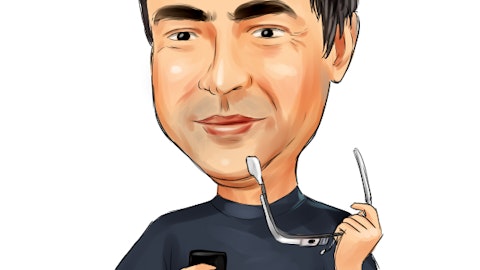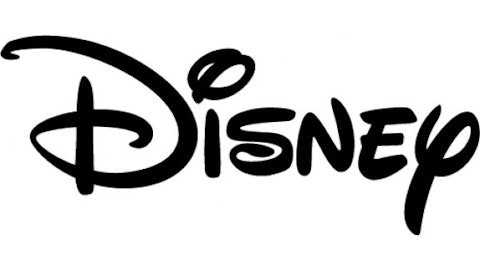Intel Corporation (NASDAQ:INTC)‘s developer forum is off and running. The annual gathering of all things Intel kicked off yesterday with the highly anticipated keynote speeches from new CEO Brian Krzanich and President Renee James. Not surprisingly, Krzanich and James addressed the opportunities in mobile computing, as many of us figured they would. But Intel Corporation (NASDAQ:INTC)’s plans for the future go well beyond smartphones.
Forget mobile, Intel’s going ultra-mobile
Though smartphones and the opportunity they represent for mobile device and component developers get much of the attention, Intel Corporation (NASDAQ:INTC)’s opportunities don’t stop there. According to Krzanich, Intel is going after the ultra-mobile segment of the market, which he defines as “smartphones, tablets, 2-in-1 tablets that take on PC functions with add-on keyboards, and other devices beyond traditional mobile computers.”
Wearable computers, sensors, and robotics are a few of the alternatives, as Krazanich sees it, for Intel Corporation (NASDAQ:INTC) to make its mark as it continues the shift away from PCs. And let’s not forget the opportunity that data centers represent, a market that Intel Corporation (NASDAQ:INTC) is already generating more than $10 billion in annual revenues from. Not only are data centers critical to the rapidly growing cloud market, but they also support the billions of ultra-mobile devices out there, and the billions to come.
As it turns out, last week’s introduction of the 64-bit Atom C2000 system-on-chip, or SoC, family of chips for data centers was only the beginning, according to Krzanich. The latest and greatest was introduced at yesterday’s IDF — the upgraded Xeon family of processors, which, according to Intel Corporation (NASDAQ:INTC), are “up to 50% faster” than earlier generations of Xeons.
Also on tap later this week is the introduction of Bay Trail, Intel’s first 22-nanometer SoC for mobile devices based on its high-powered, ultra-efficient Silvermont architecture. According to Krzanich, Bay Trail will power tablets and 2-in-1 devices running Google Inc (NASDAQ:GOOG) Android OS and Microsoft Windows 8 devices.
The timing couldn’t have been better for Intel’s introduction of Bay Trail, considering today’s joint announcement from Intel and Google Inc (NASDAQ:GOOG) that they’ll work together to optimize Intel’s Atom processors for Android devices. With nearly 80% of theglobal smartphone OS market, partnering with Google Inc (NASDAQ:GOOG) will give Intel’s mobile ambitions a significant shot in the arm. Add in Google Inc (NASDAQ:GOOG)’s foray into device manufacturing, like its new Moto X phone from its Motorola Mobility division, and the partnership offers a world of possibilities for Intel.
A faster, more efficient modem is in the works, too. Scheduled to ship in 2014, Intel’s second-generation XMM 7260 modem includes multi-band 4G connectivity, “removing a critical barrier,” for Intel to begin making serious inroads into the smartphone market. Krzanich’s test of the XMM 7260 during his presentation at IDF actually doubled throughput speeds and includes carrier aggregation.
It’s all about efficiency
“The Internet of Things,” Intel’s mantra at IDF 2013, is an apt description of the new direction Krzanich, James, and the rest of the Intel team are heading. Whether its wearable devices, smartphones, smart homes, or smart cars, Intel is working to provide solutions across the ultra-mobile marketplace. Anyone who follows Intel recognizes former CEO Paul Otellini was slow out of the mobile gate, let alone the ultra-mobile gate, but Krzanich made it clear yesterday that’s going to change.
The common theme among virtually all of the new solutions Krzanich and James introduced at IDF Day One? Efficiency. Lower power combined with higher performance about sums up Intel’s mission as it takes on the Internet of Things. The road to ultra-mobile relevancy is going to be a long one, but Krzanich made it clear yesterday at IDF that Intel is on its way.
The article Day One Highlights of Intel’s Developer Forum originally appeared on Fool.com and is written by Tim Brugger.
Fool contributor Tim Brugger has no position in any stocks mentioned. The Motley Fool recommends Google and Intel and owns shares of Google, Intel, and Microsoft.
Copyright © 1995 – 2013 The Motley Fool, LLC. All rights reserved. The Motley Fool has a disclosure policy.






